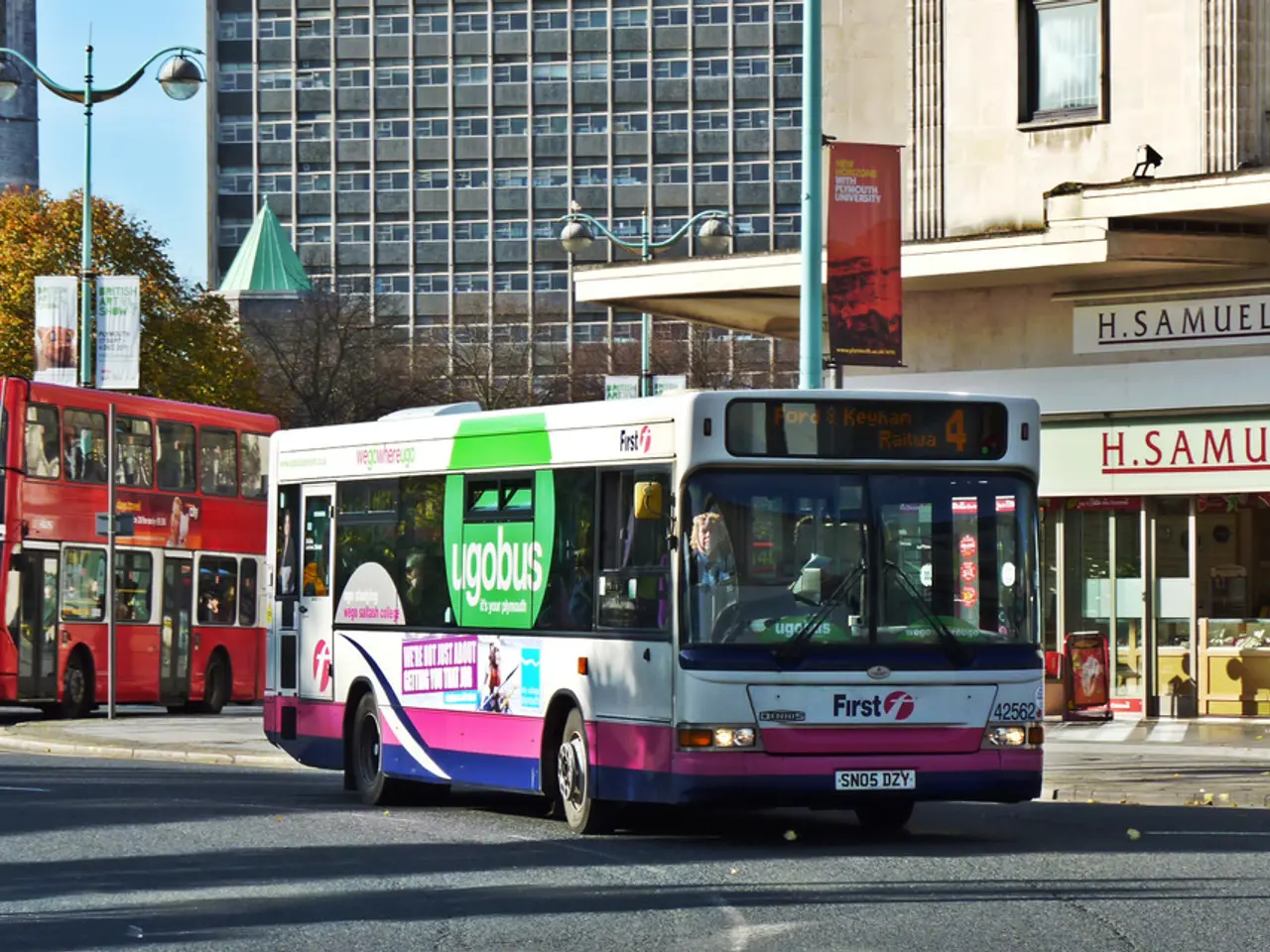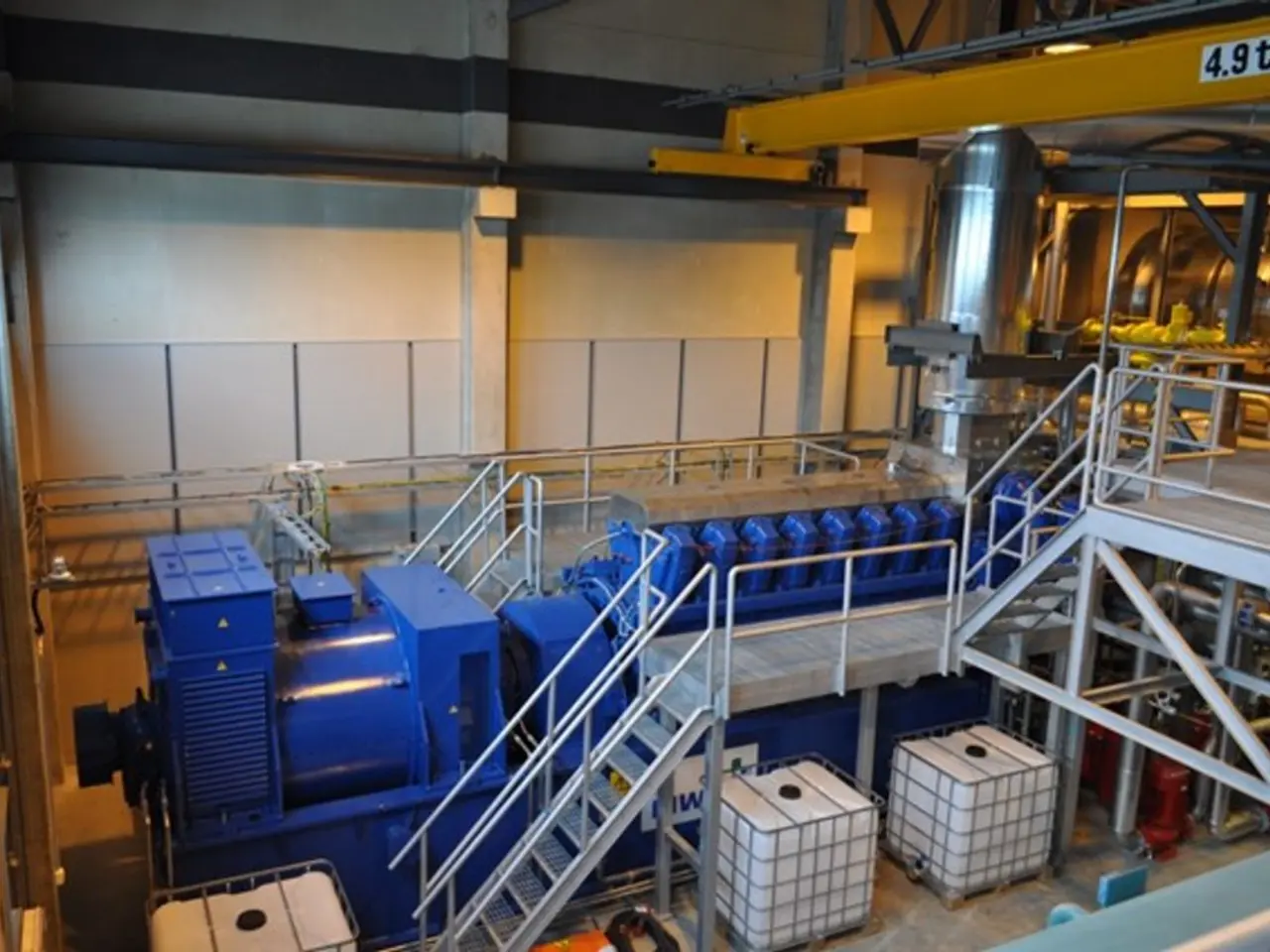Exploring the Effective vs. Ineffective Carbon Credits: Separating Legitimate Climate Solutions from Insignificant Guises
In the quest for climate action, the voluntary carbon market is increasingly becoming a popular avenue for individuals and organisations seeking to offset their carbon emissions. However, it's crucial to invest in high-quality carbon credits that deliver measurable climate benefits and support social equity.
Recent findings suggest that more than 47.7 million retired credits, classified as "problematic," are unlikely to deliver the promised emissions reductions. These problematic credits were verified under various standards, including Gold Standard, Climate Action Reserve, and the American Carbon Registry.
The highest integrity carbon credit types to invest in for climate action in 2025 are those that are verified under rigorous standards such as the Verified Carbon Standard (VCS), Gold Standard (GS), American Carbon Registry (ACR), and aligned with emerging frameworks like the Integrity Council for the Voluntary Carbon Market’s (IC-VCM) Core Carbon Principles (CCP). These standards emphasise credits that are real, measurable, permanent, additional, independently verified, and unique.
High-quality credits with strong environmental and social co-benefits, including biodiversity preservation and community development, are also gaining preference. Buyers increasingly pay premiums for these to ensure genuine climate impact rather than just quantity of offsets. Carbon removal credits, such as those through nature-based solutions like reforestation or technological carbon capture, are also favoured, as they represent actual removal of CO2 from the atmosphere and tend to hold higher integrity.
Credits holding ratings of BB or above by credible rating agencies like Sylvera are dominating retirements, reflecting growing market demand for higher-quality offsets. On the other hand, lower-quality avoidance credits or those not independently verified may lack permanence or additionality and risk over-crediting, not delivering the claimed climate benefits.
Projects that do not demonstrate robust monitoring, reporting, and verification or lack transparency can carry higher risks of greenwashing or failing to deliver claimed emissions reductions. It's essential to approach such projects with caution in the voluntary carbon market.
The report also highlights the need for a focus on integrity rather than volume in the carbon credit market. Over 90 percent of the flawed credits were issued by Verra, the world's largest carbon registry. Alarmingly, 93 percent of problematic projects were located in the Global South.
Direct Air Capture (DAC) credits, which use chemical processes to remove CO2 directly from the air and store it underground, are another emerging option. With prices ranging from $600 to $1,000 per ton, they offer a promising solution but require further research and development to become a mainstream carbon removal method.
Other nature-based solutions, such as the Mikoko Pamoja project in Kenya, which offsets approximately 3,000 tons of CO2 annually and is verified under Plan Vivo, are also worth considering. Biochar, a stable form of carbon produced by heating organic waste, can enhance soil health and crop yields.
It's important to note that nearly 2.1 billion people globally still rely on traditional biomass for cooking, making efficient cookstove projects, like those by Burn Manufacturing in Nairobi, crucial for reducing CO2 and black carbon emissions, improving respiratory health, saving fuel costs, and reducing deforestation.
Lastly, mangroves, which sequester more carbon per hectare than terrestrial forests, are critical coastal carbon sinks. They also buffer storm surges, protect shorelines, and support marine biodiversity.
In conclusion, investing in high-quality carbon credits that prioritise verified, high-integrity projects with strong co-benefits and proven carbon removal or reduction impact, certified under trusted standards and rating systems, is key to delivering measurable climate benefits and supporting social equity. Projects lacking rigorous verification, permanence, or additionality should be approached cautiously in the voluntary carbon market.
- To ensure genuine climate action, it's important to invest in high-quality carbon credits that prioritize projects with strong environmental and social co-benefits, such as biodiversity preservation, community development, and carbon removal through nature-based solutions or technological carbon capture.
- In the scientific evaluation of carbon credits, it's crucial to focus on credits that are real, measurable, permanent, additional, independently verified, and unique, as these attributes emphasize the highest integrity for climate action.
- In the voluntary carbon market, it's essential to approach projects with caution if they lack robust monitoring, reporting, and verification or transparency, as these projects may risk greenwashing or failing to deliver the claimed emissions reductions. A focus on integrity rather than volume is key to delivering measurable climate benefits and supporting social equity.




